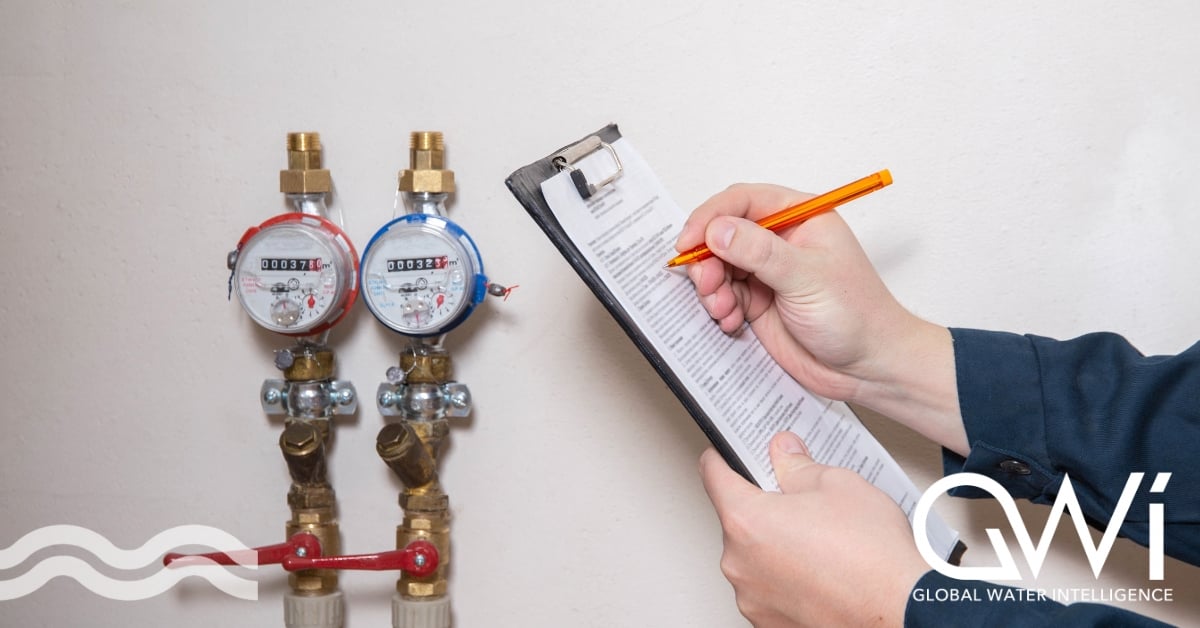
Israel-based climate tech startup CarbonBlue has raised over €9 million in Seed Funding that will facilitate an expansion of the company's carbon dioxide removal (CDR) hardware for water-utilising facilities.
Decarbonising seawater
CarbonBlue has developed scalable, easy to maintain hardware that can be integrated into any facility that utilises w
ater, such as a desalination plant, to remove carbon. The modular carbon dioxide removal (CDR) hardware uses a simple chemical principle to extract carbon from water without the need to change its composition.
Co-founded in 2022, by Iddo Tsur and Dan Deviri, the company will use the seed funding to facilitate its expansion plans, scale its technology and explore future partnerships.
Tap into water's immense potential to boost decarbonisation at a global scale
CarbonBlue's CEO, Dr. Dan Deviri, told Aquatech Online: "Water is the largest reservoir of CO2 on the planet, holding over 98 per cent of the carbon in the carbon cycle."
He added: "CarbonBlue was founded in order to tap into water's immense potential to boost decarbonisation at a global scale, and to both harness the countless industries that utilize water in their facilities and infrastructure, while providing co-benefits and improved performance to their systems, which creates a win-win situation in which performance is improved, environmental impact and energetic requirements are reduced, and bottom lines are impacted for the better."
How is the water de-carbonised?
The decarbonisation process has three steps, which can be simplified as:
1. Mineralisation using lime
CO2-saturated water is drawn into a mineralization reactor, where the CO2 bonds with lime, and turns into limestone. The CO2-free water is then returned to its source, where it can absorb more atmospheric CO2.
2. Regeneration & CO2 Extraction
Any limestone produced is then transferred to a regeneration reactor, where it is separated back into pure CO2 and lime.
3. Closing the loop
The lime is returned to the mineralization reactor, to be reused in CarbonBlue's proprietary closed-loop process. The pure CO2 is gathered in containers to be sequestered or utilized.
Water is the most effective carbon sink
Water is an extremely efficient store of carbon. For example, oceans are the largest carbon dioxide sinks on the planet, holding 150 times more than the air. However, the efficiency of seawater to absorb carbon dioxide decreases as levels of the gas increase, meaning more stays in the atmosphere, which can have detrimental effects on the climate.
Like CarbonBlue, a project was launched in Singapore to carry out carbon removal during desalination, producing usable materials and returning decarbonised water to the ocean.
In 2022, the UN released a report stating that carbon removal from the atmosphere was vital if the world wanted to achieve net zero emissions, with industry releasing 36 billion ton of the gas into the atmosphere the previous year.
The water industry has recognised its relationship to carbon in recent years and many countries and utilities are exploring ways of decarbonising water.
Investors buying into the need for climate tech solutions
The Seed Funding round was led by Ibex Investors and FreshFund, with contributions from Engie New Ventures and ZIM Ventures, the corporate venture capital arm of ZIM Integrated Shipping Services. Existing investors Jibe Ventures, MoreVC, and Secret Chord Ventures also joined the round.



